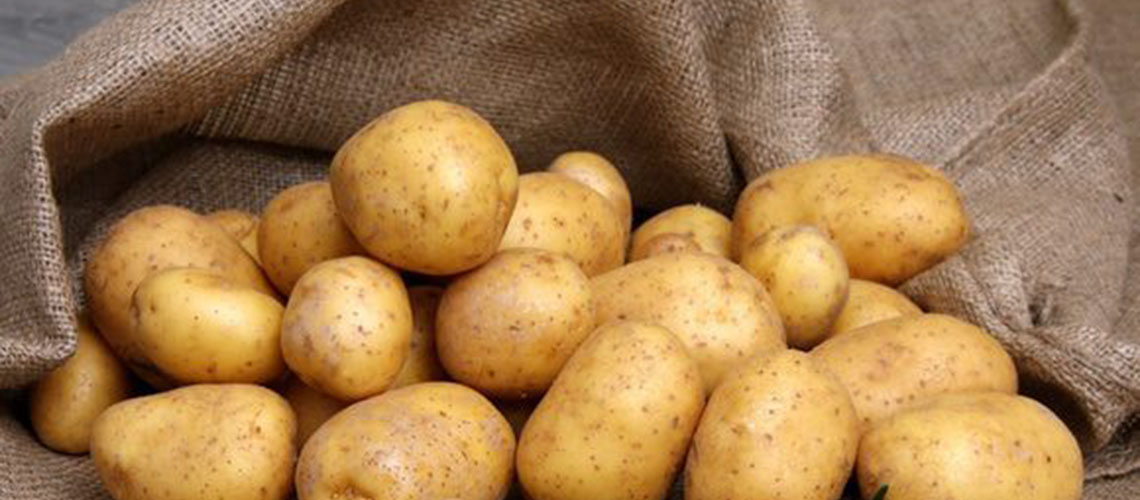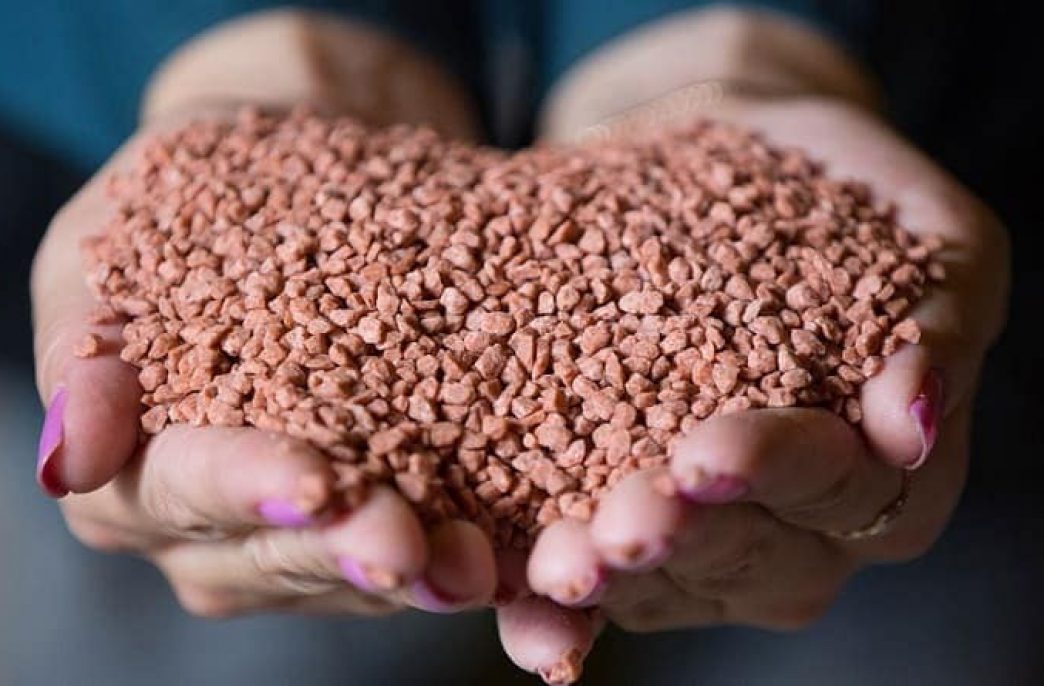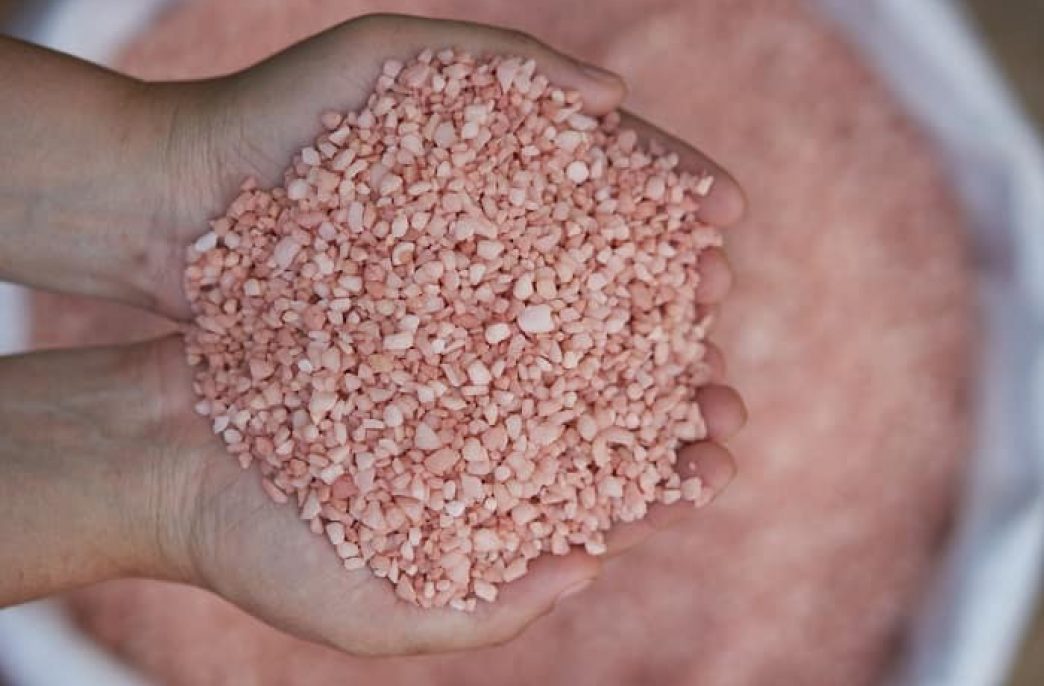Potassium sulfate for potatoes

In a ton of quality potatoes – an average of 4–4.3 kg of potassium. A certain amount of this trace element also contains wilted tops, which are usually destroyed. In order to collect a good harvest next season, it is necessary to restore the fertility of the soil by introducing potash fertilizers for potatoes into it.
Potassium ions were found in the cytoplasm of the leaves and potato tubers. Scientists have found that potassium:
- normalizes the water balance of the potato bush;
- increases the resistance of plants to drought and frost;
- stimulates the process of photosynthesis, improves the absorption of nitrogen;
- promotes the accumulation of starch in tubers;
- accelerates the growth of the root system and strengthens it;
- enhances the immunity of potatoes to rot, rust, powdery mildew;
- improves the shelf life of mature tubers.
The faster the potato grows, the more potassium it needs. Therefore, for top dressing, the usual dose of potash fertilizers is increased by 20-30%. Young sprouts are especially in need of such top dressing.
If potassium is not enough, then the tops of the shoots pull it from the lower, older leaves. Potassium starvation begins: a brown border appears on the lower leaves – marginal burns, leaf plates are covered with rust-colored spots. With potassium starvation, undecomposed ammonia accumulates in the tissues, protein synthesis in the cells slows down, the stems become frail and susceptible to disease.
But an excess of potassium in the soil is also harmful: the leaves brighten, become thinner, chlorine spots appear between the veins. On soils excessively fertilized with potassium, digestibility by plants of other trace elements: nitrogen, phosphorus, magnesium, calcium, is impeded. This affects the taste of the tubers, reduces the shelf life, sometimes leads to rotting of lentils.
Potassium sulfate
Potassium sulfate contains 45-50% potassium oxide, 18% sulfur, 3% magnesium, a little calcium. Fertilizer is suitable for all soils. It is introduced in the spring, under digging (2.5-3.5 kg per one hundred square meters), or put in the holes when planting. During budding, top dressing is carried out: for a running meter of a bed – 3 tablespoons of ash are mixed with 1 teaspoon of potassium sulfate. The mixture is shallow embedded in the soil between the rows.




